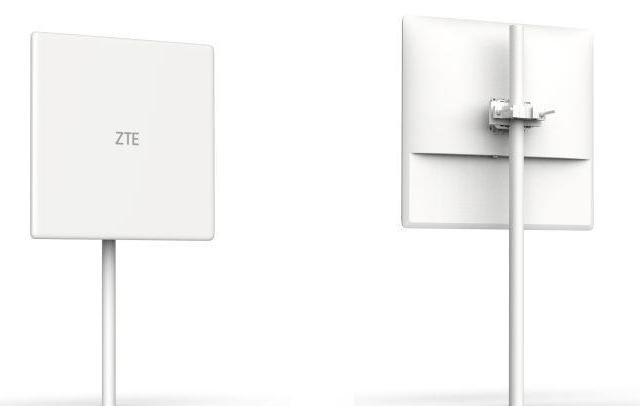ZTE has introduced its second-generation Dynamic Cooperative Reconfigurable Intelligent Surface (Dynamic RIS2.0) product ahead of the Mobile World Congress (MWC) Shanghai 2023.

Compared to its predecessor, Dynamic RIS2.0 offers improved specifications, lower power consumption, and easier deployment, bringing it closer to commercial implementation.
Reconfigurable Intelligent Surface (RIS) technology utilizes programmable two-dimensional metamaterials and phase control components to enable signal propagation, direction regulation, and interference suppression in three-dimensional space. Its primary objective is to create an intelligent and controllable wireless environment, surpassing the limitations of traditional wireless communication.
Initially, RIS functioned as a static surface, enhancing signal coverage at fixed points. However, the coverage provided by a single fixed beam was limited and couldn’t adapt to dynamically distributed users. To overcome this challenge, ZTE has introduced Reconfigurable Intelligent Surface Dynamic Collaboration technology, which integrates with 5G base stations. This technology enables rapid scanning of multiple beams and real-time user tracking. By incorporating advancements from 6G’s Reconfigurable Intelligent Surface, it has become a crucial technology for the new phase of 5G-A.
ZTE has been actively exploring the potential of RIS technology. In 2021, they successfully completed the initial phase of prototype verification for Static Reconfigurable Intelligent Surface (RIS), focusing on improving fixed-point coverage in 5G blind spots and areas with weak signals.
In February 2022, ZTE unveiled the first-generation Dynamic Cooperative Reconfigurable Intelligent Surface product, RIS 1.0, at MWC Barcelona.
In August 2022, they achieved a significant milestone by completing the prototype verification of Dynamic RIS technology, demonstrating improved base station coverage and seamless user connectivity.
The newly launched dynamic RIS2.0 model in 2023 offers significant advancements in wide coverage distance, high user gain, and enhanced reliability compared to its predecessor. With the incorporation of new materials and an evolved architecture, dynamic RIS2.0 products achieve an impressive 80 percent reduction in power consumption and feature a lightweight and aesthetically pleasing design. Moreover, they are designed for easy installation and adaptability to diverse environments, simplifying deployment, management, and maintenance processes.
Li Xiaotong, Vice President of ZTE and General Manager of RAN products, emphasized the purpose behind the launch of dynamic RIS 2.0. It aims to expand network coverage in a cost-effective and energy-efficient manner, specifically addressing challenges associated with higher frequency bands like millimeter waves, which often suffer from propagation and penetration losses.
